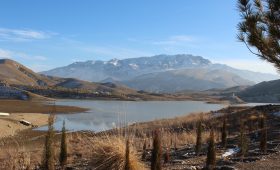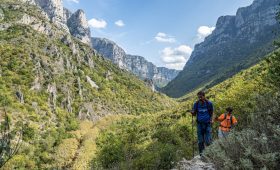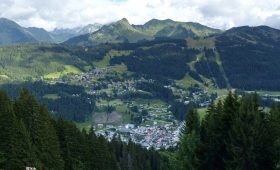Exploring Yambio, South Sudan
Yambio, located in Western Equatoria State, South Sudan, offers a unique travel experience for those seeking to explore less-traveled destinations. Situated approximately 276 miles west of Juba, the capital city, Yambio is close to the border with the Democratic Republic of Congo. This guide provides insights into Yambio’s history, culture, natural beauty, and practical travel tips.
A Glimpse into Yambio’s History
Yambio serves as the headquarters of Yambio County and is the largest city in Western Equatoria State. Historically, it has been a significant location for the Azande ethnic group, who also reside in neighboring countries. The town’s history is marked by its role as a center for resettlement, especially after South Sudan’s independence in 2011. Challenges such as security concerns related to the Lord’s Resistance Army and food security for returning residents have shaped its recent past.
Exploring Yambio’s Cultural Heritage
The cultural landscape of Yambio is rich and diverse, with the Azande, Balanda, Mundu, and Morokodo ethnic groups contributing to its vibrant traditions. Visitors can engage with local customs through traditional dances and handicrafts. The Royal Palace of the Azande Kingdom and the grave of King Gbudwe are notable cultural landmarks.
Discovering Yambio’s Natural Wonders
Yambio is surrounded by lush landscapes, making it an appealing destination for nature enthusiasts. While specific details about national parks are limited, the region’s natural beauty is evident in its forests and potential for outdoor activities. However, travelers should be aware of the logistical challenges and the need for local guidance when exploring remote areas.
Best Time to Visit Yambio
Yambio experiences a tropical climate with distinct wet and dry seasons. The optimal time to visit is during the dry season, from December to March, when the weather is more favorable for outdoor activities.
How to Get to Yambio
Traveling to Yambio can be an adventure. The town is accessible by air via Yambio Airport, with flights from Juba. Alternatively, travelers can embark on a road trip, though road conditions can be challenging. Hiring a local guide is advisable for a smoother journey.
Getting Around Yambio
Once in Yambio, the town’s compact size makes it easy to explore on foot. For those preferring other modes of transport, bicycles and motorbikes are available for rent, offering flexibility to navigate the area.
Where to Stay in Yambio
Accommodation options in Yambio range from guesthouses to more upscale choices. Staying with a local family can provide an immersive cultural experience. Regardless of where you stay, expect warm hospitality.
Must-Try Local Cuisine
Yambio’s culinary offerings reflect its cultural diversity. Traditional dishes like “Makango,” made with pounded cassava leaves, and “Ful,” a hearty breakfast staple, are worth trying. These dishes offer a taste of the local flavors.
Safety Tips for Traveling to Yambio
- Stay informed about the political situation in South Sudan and check travel advisories.
- Respect local customs and dress modestly.
- Carry copies of important documents, including your passport.
- Exercise caution in remote areas and travel with a trusted guide.
- Protect yourself from mosquito bites with repellent and appropriate clothing.
Yambio offers a distinctive travel experience with its cultural richness and natural beauty. While it presents challenges, such as security concerns and infrastructure limitations, it remains a fascinating destination for those willing to explore beyond the usual tourist paths.




